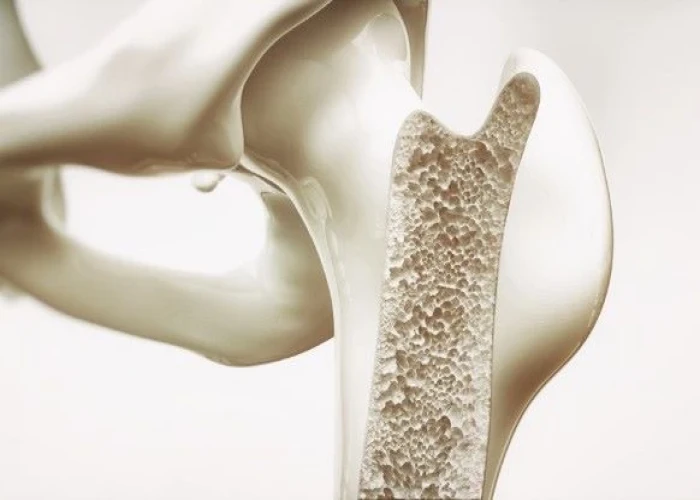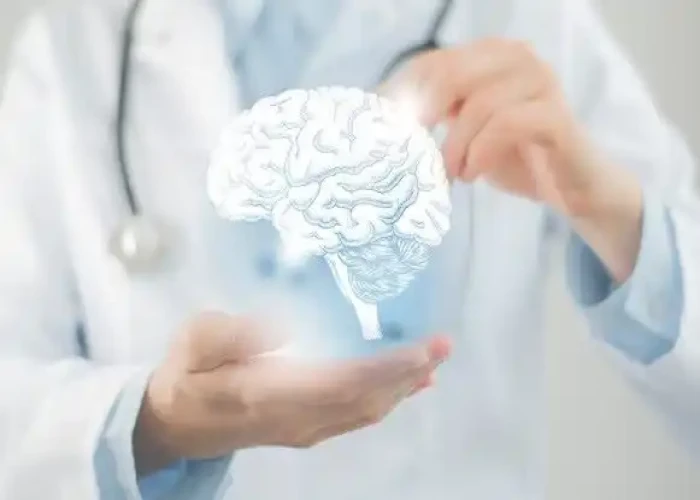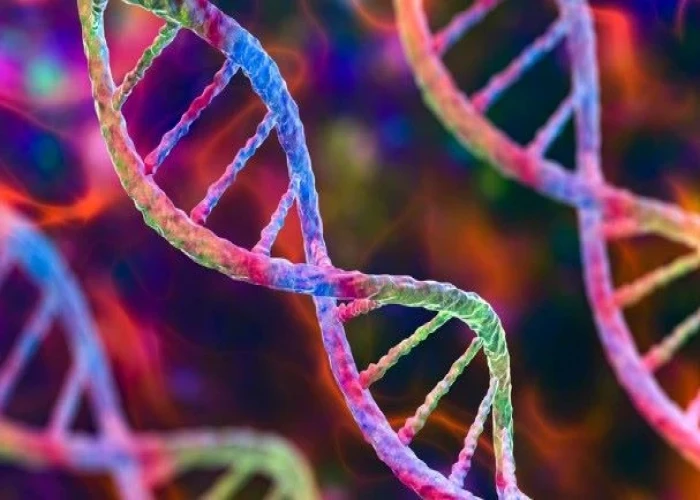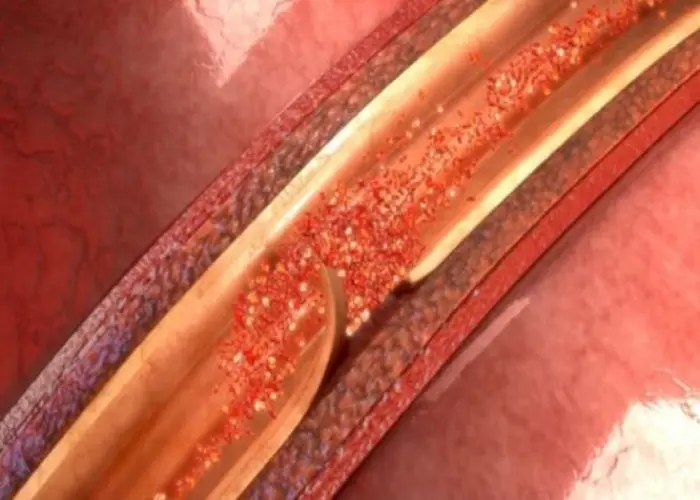 Welcome
Welcome
“May all be happy, may all be healed, may all be at peace and may no one ever suffer."
Osteoporosis

Osteoporosis is a medical condition characterized by low bone density and deterioration of bone tissue, leading to fragile and brittle bones that are at an increased risk of fractures. It can affect both men and women, but is more common in women after menopause.
Osteoporosis is often referred to as a "silent disease," as it can progress slowly without any noticeable symptoms until a bone fracture occurs. However, some people with osteoporosis may experience back pain, loss of height, and a stooped posture due to compression fractures in the spine.
Risk factors for osteoporosis include:
- Age: bone density naturally decreases with age
- Gender: women are more likely to develop osteoporosis than men
- Menopause: due to the drop in estrogen levels, which helps protect bone density
- Family history: having a family history of osteoporosis increases the risk of developing the condition
- Lifestyle factors: such as smoking, excessive alcohol consumption, and a diet low in calcium and vitamin D
- Certain medical conditions: such as rheumatoid arthritis, hyperthyroidism, and celiac disease
- Certain medications: such as glucocorticoids (steroids) and anticonvulsants
Diagnosis of osteoporosis may involve a bone density test, such as a DEXA scan, to measure the density of the bones and determine the severity of the condition.
Treatment of osteoporosis may involve lifestyle changes, such as exercise and a diet rich in calcium and vitamin D, as well as medication to slow down or stop bone loss and reduce the risk of fractures.
Prevention of osteoporosis may involve a healthy lifestyle with a balanced diet that is rich in calcium and vitamin D, regular exercise, avoiding smoking and excessive alcohol consumption, and getting regular bone density tests if there are any risk factors.
Research Papers
Disease Signs and Symptoms
Disease Causes
Osteoporosis
Your bones are in a constant state of renewal — new bone is made and old bone is broken down. When you're young, your body makes new bone faster than it breaks down old bone and your bone mass increases. After the early 20s this process slows, and most people reach their peak bone mass by age 30. As people age, bone mass is lost faster than it's created.
How likely you are to develop osteoporosis depends partly on how much bone mass you attained in your youth. Peak bone mass is partly inherited and varies also by ethnic group. The higher your peak bone mass, the more bone you have "in the bank" and the less likely you are to develop osteoporosis as you age.
Disease Prevents
Osteoporosis
Good nutrition and regular exercise are essential for keeping your bones healthy throughout your life.
Calcium
Men and women between the ages of 18 and 50 need 1,000 milligrams of calcium a day. This daily amount increases to 1,200 milligrams when women turn 50 and men turn 70.
Good sources of calcium include:
- Low-fat dairy products
- Dark green leafy vegetables
- Canned salmon or sardines with bones
- Soy products, such as tofu
- Calcium-fortified cereals and orange juice
If you find it difficult to get enough calcium from your diet, consider taking calcium supplements. However, too much calcium has been linked to kidney stones. Although yet unclear, some experts suggest that too much calcium, especially in supplements, can increase the risk of heart disease.
The Health and Medicine Division of the National Academies of Sciences, Engineering, and Medicine recommends that total calcium intake, from supplements and diet combined, should be no more than 2,000 milligrams daily for people older than 50.
Vitamin D
Vitamin D improves the body's ability to absorb calcium and improves bone health in other ways. People can get some of their vitamin D from sunlight, but this might not be a good source if you live in a high latitude, if you're housebound, or if you regularly use sunscreen or avoid the sun because of the risk of skin cancer.
Dietary sources of vitamin D include cod liver oil, trout and salmon. Many types of milk and cereal have been fortified with vitamin D.
Most people need at least 600 international units (IU) of vitamin D a day. That recommendation increases to 800 IU a day after age 70.
People without other sources of vitamin D and especially with limited sun exposure might need a supplement. Most multivitamin products contain between 600 and 800 IU of vitamin D. Up to 4,000 IU of vitamin D a day is safe for most people.
Exercise
Exercise can help you build strong bones and slow bone loss. Exercise will benefit your bones no matter when you start, but you'll gain the most benefits if you start exercising regularly when you're young and continue to exercise throughout your life.
Combine strength training exercises with weight-bearing and balance exercises. Strength training helps strengthen muscles and bones in your arms and upper spine. Weight-bearing exercises — such as walking, jogging, running, stair climbing, skipping rope, skiing and impact-producing sports — affect mainly the bones in your legs, hips and lower spine. Balance exercises such as tai chi can reduce your risk of falling especially as you get older.
Disease Treatments
Treatment recommendations are often based on an estimate of your risk of breaking a bone in the next 10 years using information such as the bone density test. If your risk isn't high, treatment might not include medication and might focus instead on modifying risk factors for bone loss and falls.
Bisphosphonates
For both men and women at increased risk of fracture, the most widely prescribed osteoporosis medications are bisphosphonates. Examples include:
- Alendronate (Binosto, Fosamax)
- Ibandronate (Boniva)
- Risedronate (Actonel, Atelvia)
- Zoledronic acid (Reclast, Zometa)
Side effects include nausea, abdominal pain and heartburn-like symptoms. These are less likely to occur if the medicine is taken properly. Intravenous forms of bisphosphonates don't cause stomach upset but can cause fever, headache and muscle aches.
A very rare complication of bisphosphonates is a break or crack in the middle of the thighbone. A second rare complication is delayed healing of the jawbone (osteonecrosis of the jaw). This can occur after an invasive dental procedure, such as removing a tooth.
Denosumab
Compared with bisphosphonates, denosumab (Prolia, Xgeva) produces similar or better bone density results and reduces the chance of all types of fractures. Denosumab is delivered via a shot under the skin every six months.
Similar to bisphosphonates, denosumab has the same rare complication of causing breaks or cracks in the middle of the thighbone and osteonecrosis of the jaw. If you take denosumab, you might need to continue to do so indefinitely. Recent research indicates there could be a high risk of spinal column fractures after stopping the drug.
Hormone-related therapy
Estrogen, especially when started soon after menopause, can help maintain bone density. However, estrogen therapy can increase the risk of breast cancer and blood clots, which can cause strokes. Therefore, estrogen is typically used for bone health in younger women or in women whose menopausal symptoms also require treatment.
Raloxifene (Evista) mimics estrogen's beneficial effects on bone density in postmenopausal women, without some of the risks associated with estrogen. Taking this drug can reduce the risk of some types of breast cancer. Hot flashes are a possible side effect. Raloxifene also may increase your risk of blood clots.
In men, osteoporosis might be linked with a gradual age-related decline in testosterone levels. Testosterone replacement therapy can help improve symptoms of low testosterone, but osteoporosis medications have been better studied in men to treat osteoporosis and thus are recommended alone or in addition to testosterone.
Bone-building medications
If you have severe osteoporosis or if the more common treatments for osteoporosis don't work well enough, your doctor might suggest trying:
- Teriparatide (Bonsity, Forteo). This powerful drug is similar to parathyroid hormone and stimulates new bone growth. It's given by daily injection under the skin for up to two years.
- Abaloparatide (Tymlos) is another drug similar to parathyroid hormone. This drug can be taken for only two years.
- Romosozumab (Evenity). This is the newest bone-building medication to treat osteoporosis. It is given as an injection every month at your doctor's office and is limited to one year of treatment.
After you stop taking any of these bone-building medications, you generally will need to take another osteoporosis drug to maintain the new bone growth.
Disease Diagnoses
Disease Allopathic Generics
Disease Ayurvedic Generics
Disease Homeopathic Generics
Disease yoga
Osteoporosis and Learn More about Diseases

Age spots (liver spots)

Transient ischemic attack (TIA)

Prader-Willi syndrome

Patellofemoral pain syndrome

Aortic dissection

Somatic symptom disorder

Central nervous system vascular malformations

Ingrown toenails
osteoporosis, অস্টিওপোরোসিস
To be happy, beautiful, healthy, wealthy, hale and long-lived stay with DM3S.
